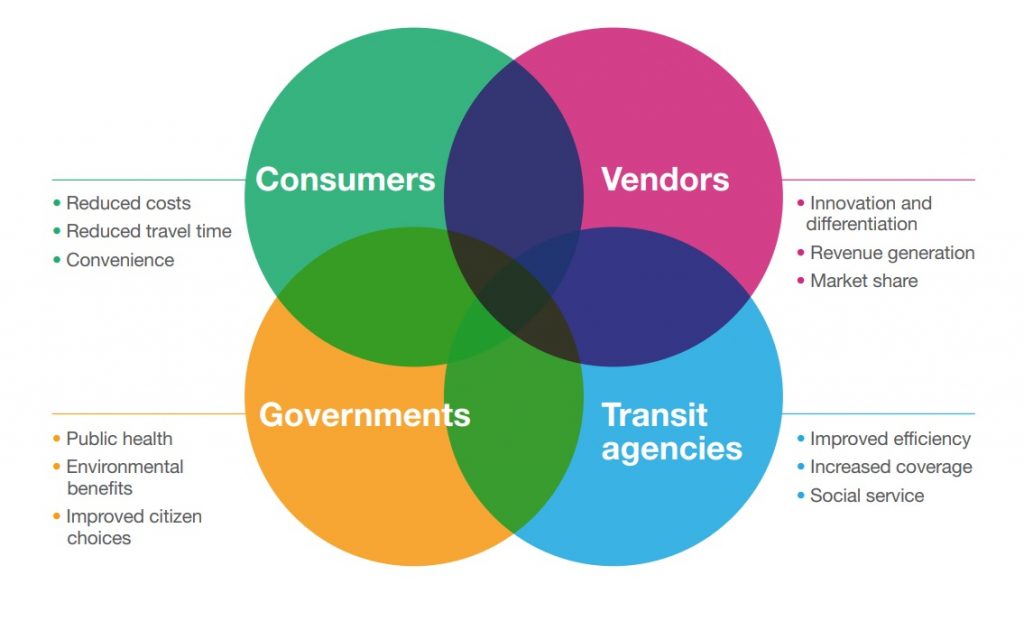Private car ownership is going down soon — it is time for Mobility-as-a-Service (MaaS) to shine.
In a world fully integrated with MaaS, you no longer have to worry about purchasing a car, maintaining it, or finding the perfect parking spot for it (if there’s any to begin with).
How can MaaS make this possible?
In their white paper, Mobility-as-a-Service: The value proposition for the public and our urban systems, Arup explores the evolution of MaaS and how it is redefining our concept of mobility. Here, we will highlight the white paper’s main points.
Let’s dive right in.
From our partners:
The Maas Ecosystem
MaaS is a user-centric mobility distribution model. It integrates multiple transportation modes using an online platform. This way, users will experience mobility in a very personal manner.
You only need a single application to pay for all the mobility services you will access. It also provides services that are tailor-fit to your lifestyle and your needs.
Arup decomposes MaaS into two components:
- Physical service
- Digital platform
There are four agents that are involved in MaaS:
- Vendors (of service and platform)
- Transit agencies
- Government
- Consumers
The types or services available and the functionality that allows the consumption of these services are known as attributes.
All of these make up the MaaS ecosystem. In summary, these are all the variables that makeup MaaS ecosystem:
- Two MaaS components – physical service, digital platform
- Agents
- Attributes
MaaS value propositions
How does MaaS impact the agents within the ecosystem? Arup summarizes the value of MaaS for each agent in a diagram:

Policy and planning levers for cities of the future
In order to MaaS for these value propositions to be realized across all agent groups specified, the government must create a strong policy framework.
According to Arup, this policy framework must be created such that:
- It will not stifle innovation
- It will ensure benefits for a wide spectrum of consumers
- It will benefit the urban system that hosts the travel.
In line with this, Arup also specified objectives upon which the policy and planning framework should be based upon:
- Generating net benefits for citizens
- Generating net benefits for those who are at-risk, disadvantaged, disabled, or those who have special needs.
- Catering to demand public transit services cannot supply to.
- Avoiding directing funding to marginal projects
- Avoiding creating unchecked business opportunity for vendors to compete with conventional transit across other segments of the trip market
- Supporting wider goals for sustainability and public good
On the whole, the transformative power of MaaS is heavily dependent on the existence of a strong foundation that will enable its growth and development. This foundation can be laid down by a government which sees the value of this technology and is proactive enough to turn it into a reality.
The world where mobility is accessible and sustainable will take a long time to actualize. Right now is the best time for us to take a step closer to it.













